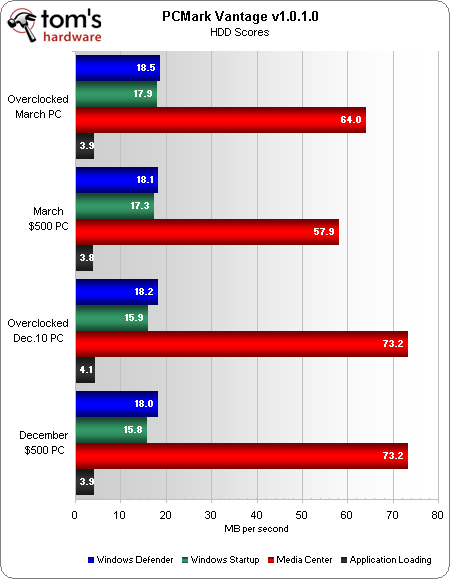
Just remember that the more you push your GPU beyond the one-click auto scanner’s results, you can start to see an increase in heat, power draw, and possible instability. All that can help you squeeze out some more performance, but your mileage may vary, and tinkering with those options complicates the tuning process. Nvidia provides few more options within the Performance window if you’d like to take your tuning further, such as increasing power limits or temperature target.


Nvidia’s performance tuning overlay on top of the main GeForce Experience interface. Otherwise, it’s a straightforward one-click speed boost. If you run into any issues, just reset the tuning and try again. Do note that anytime your GPU is tuned, there’s a chance it can be unstable in certain games or apps, though we haven’t experienced any issues with Nvidia’s conservative automatic overclocking results.
Utility tool to benchmark computer performance during games software#
Note that it can take a while as the software evaluates your GPU with “an advanced scanning algorithm,” but the tool will show you a progress bar as it scans.Īfter it finishes, GeForce Experience will automatically tune your GPU and increase your performance. Near the middle you’ll see the option to “Enable automatic tuning.” Simply click that and the performance tuning process will start. Benchmarking can also help you identify problems with your system, though, and improve weak points for a smoother and more efficient experience. Most people benchmark out of pure curiosity or to measure the system’s performance for games. Press Alt + Z to summon GFE’s overlay, then click the Performance option towards the right of your screen. Introduction There are a bunch of reasons that you’d want to benchmark your Linux system. Next, it’s time to set up Nvidia’s automatic overclocking.

Once those are installed, open GFE, go to its Settings (the gear icon next to your user name), and make sure the “In-game overlay” option is enabled.


 0 kommentar(er)
0 kommentar(er)
